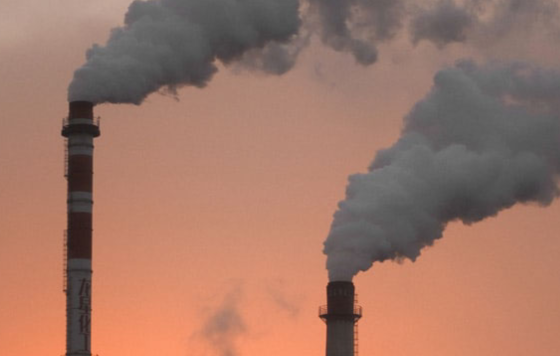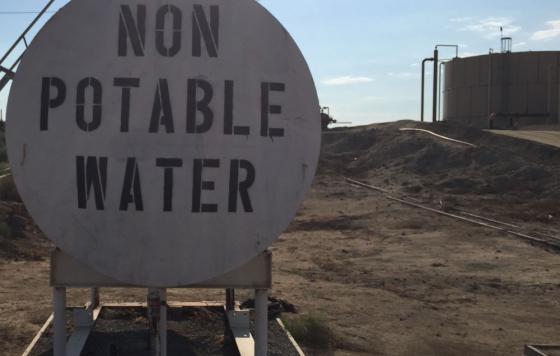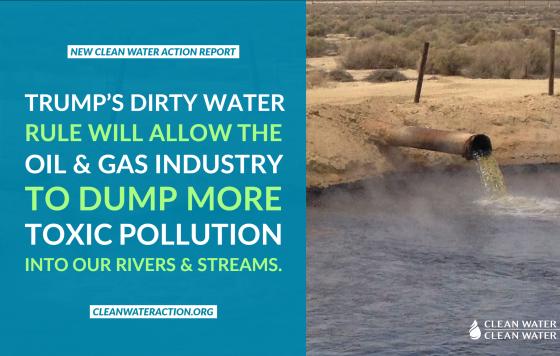Beware of Black Plastic: Share leftover stuffing, NOT leftover toxics!
Filter By:
Massachusetts Moves Forward in Addressing Climate Change
The Massachusetts State Senate introduced then passed three climate bills at a breakneck speed that laid out broad new commitments to tackle carbon pollution emissions in a variety of ways.
Protecting Californians from Oil and Gas Production
More than 5 million Californians live near oil and gas production. In Kern County, oil production is wedged between homes and looms over schools and playground. Our communities are under a haze of contaminants due to the gargantuan fields of oil and gas wells bordering towns and scattered along our roads.
The Water Impacts of CO2-EOR
To stave off the worst effects of the climate crisis, the global and U.S. economies need to decarbonize as fast as possible. Capturing carbon emissions from industrial sources and pulling carbon out of the air via direct air capture are technologies we will likely need in our toolbox if we are to
Canvassing for Clean Water and the Lead and Copper Rule
UPDATE: The public comment period closed on February 12, 2020. Clean Water Action members submitted more than 15,000 letters and emails asking EPA to do more to protect our water and communities from lead.
Hi all! My name is Veronica Weyhrauch and I’m a Field Manager with our Maryland office
Trump’s Dirty Water Rule: Another Gift to Oil and Gas
The Trump administration finalized its signature Clean Water Act rollback, the Dirty Water Rule. This extreme interpretation of our bedrock water quality law rolls back the clock to a time when corporate polluters could dump toxic waste into rivers and streams and pave over wetlands without seeking
Key Issues in EPA’s Proposed Lead and Copper Rule Revisions #3 -- Faster Replacement
Under current regulations, if water systems exceed the Action Level for lead, they must take a number of actions including commencing lead service line replacement at a rate of 7% annually. EPA’s proposed LCR revisions reduce this rate to 3% while closing some loopholes and proposing other requirements that will support more efficient and effective replacement programs. While closing loopholes and putting in place other requirements to make replacement activities more effective are positive steps, EPA is justified in lowering the required rate of replacement. When systems exceed the lead Action Level, 7% is a realistic yet ambitious rate of replacement.







